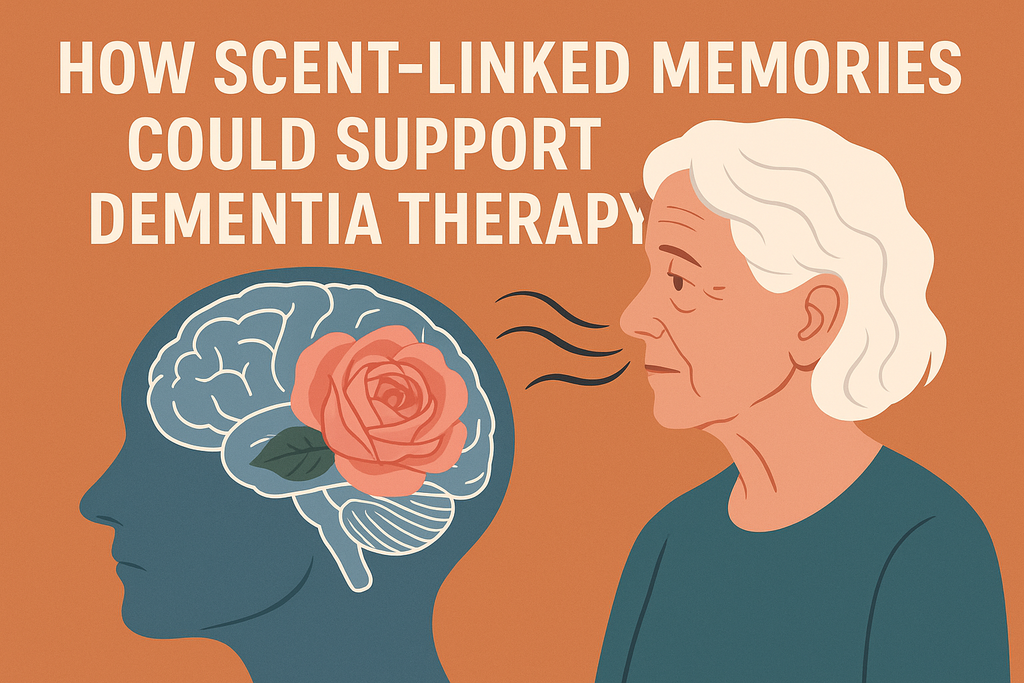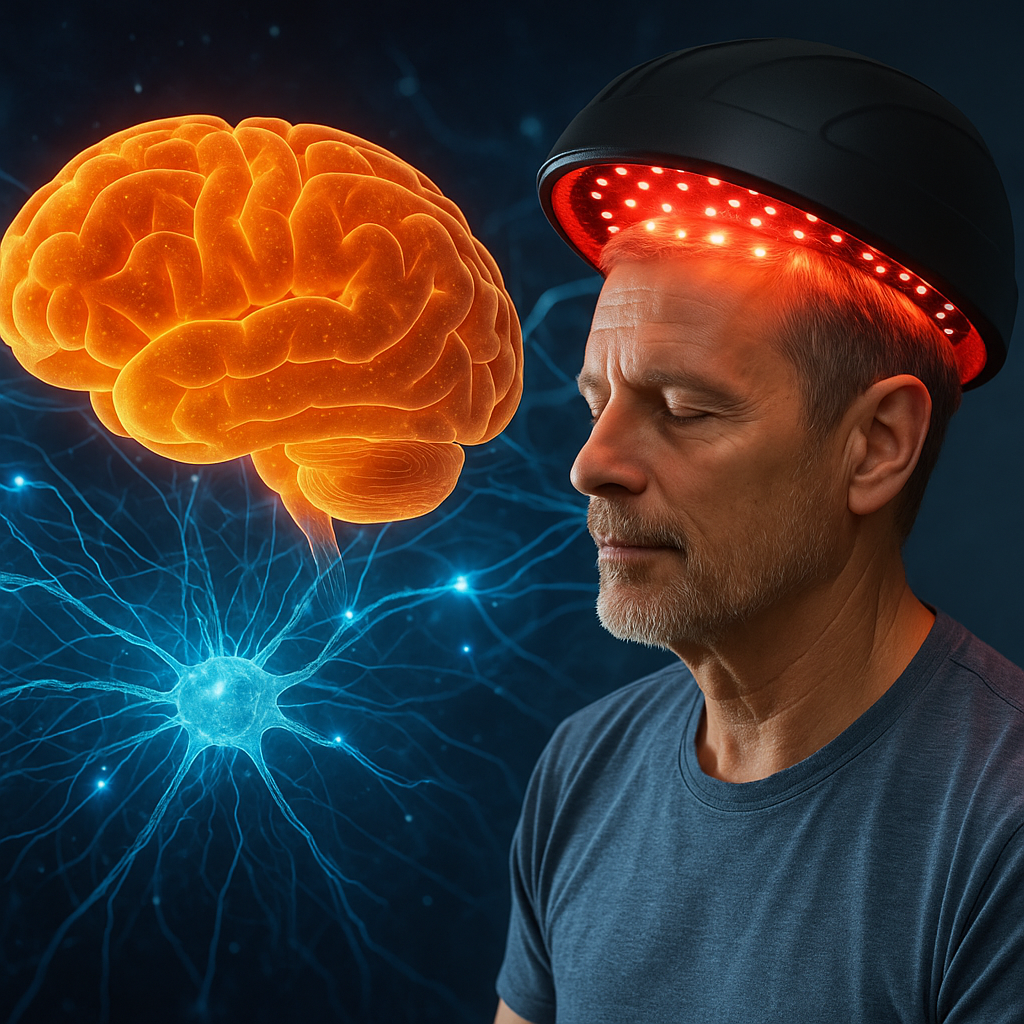News — neurotherapy
How Scent-Linked Memories Could Transform Dementia Therapy
Alzheimer's support aroma therapy for memory brain health dementia care dementia innovation dementia therapy elderly care memory recall memory stimulation neurotherapy olfactory memory olfactory system reminiscence therapy scent and brain scent in caregiving scent memory scent triggers scent-based therapy sensory therapy smell and memory
Memory is a curious and fragile thing, especially when it begins to fade in individuals living with dementia. While most therapeutic strategies for dementia focus on cognition and behavior, an unexpected ally has emerged from the shadows of our senses: smell. Scent-linked memories—the deep, emotionally charged recollections triggered by specific odors—are now gaining traction as a valuable tool in dementia care.
Unlike other senses, smell is uniquely connected to the brain’s memory and emotional centers. A whiff of lavender might transport someone back to a childhood garden; the aroma of baked bread could recall a mother’s kitchen. For individuals facing memory decline, these moments are more than pleasant—they can be grounding, emotionally enriching, and even cognitively stimulating. As science continues to explore the mind-scent connection, it's becoming clear that scent-linked memories could open new doors in dementia therapy.
How Photobiomodulation Therapy Supports Neurorehabilitation
ATP production brain healing brain inflammation brain injury recovery cognitive recovery light therapy brain LLLT low-level laser therapy mitochondrial healing neurodegenerative disease neuroplasticity neurorehabilitation neurotherapy PBM safety PBM therapy photobiomodulation red light therapy stroke rehabilitation transcranial laser therapy traumatic brain injury
Advances in neurological rehabilitation have taken a promising turn with the growing integration of light-based therapies, particularly photobiomodulation (PBM), also known as low-level laser therapy (LLLT). This non-invasive approach uses specific wavelengths of light to stimulate cellular repair, reduce inflammation, and enhance neuroplasticity—making it a novel tool in the recovery process for those with brain injuries, neurodegenerative diseases, and other neurological conditions.
By harnessing the power of red and near-infrared light, PBM can penetrate the skull and deliver energy directly to neurons and glial cells. Unlike surgical or pharmaceutical interventions, PBM works by modulating mitochondrial activity and cellular signaling pathways, facilitating a wide range of therapeutic outcomes. This article explores how photobiomodulation is transforming the landscape of neurorehabilitation, what the research says, and how it can be applied in clinical and home settings.


